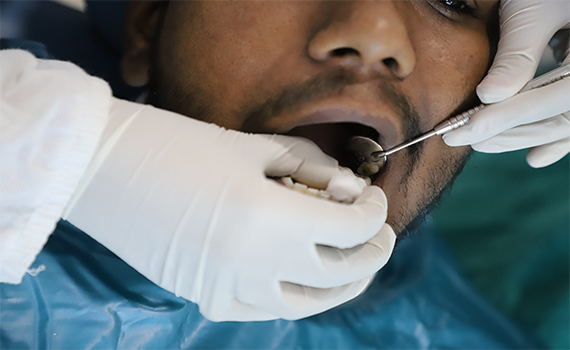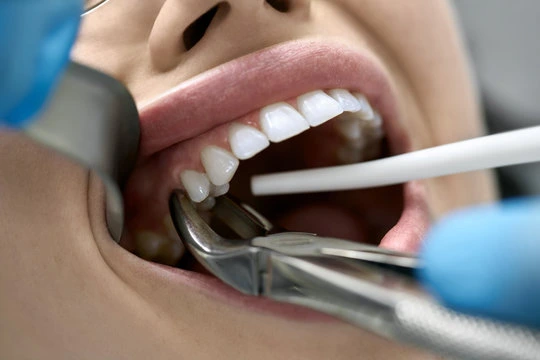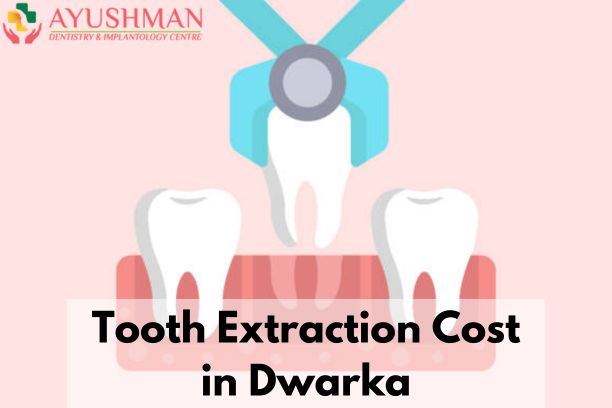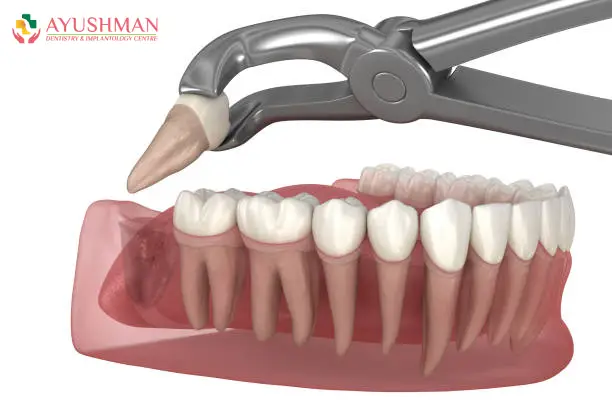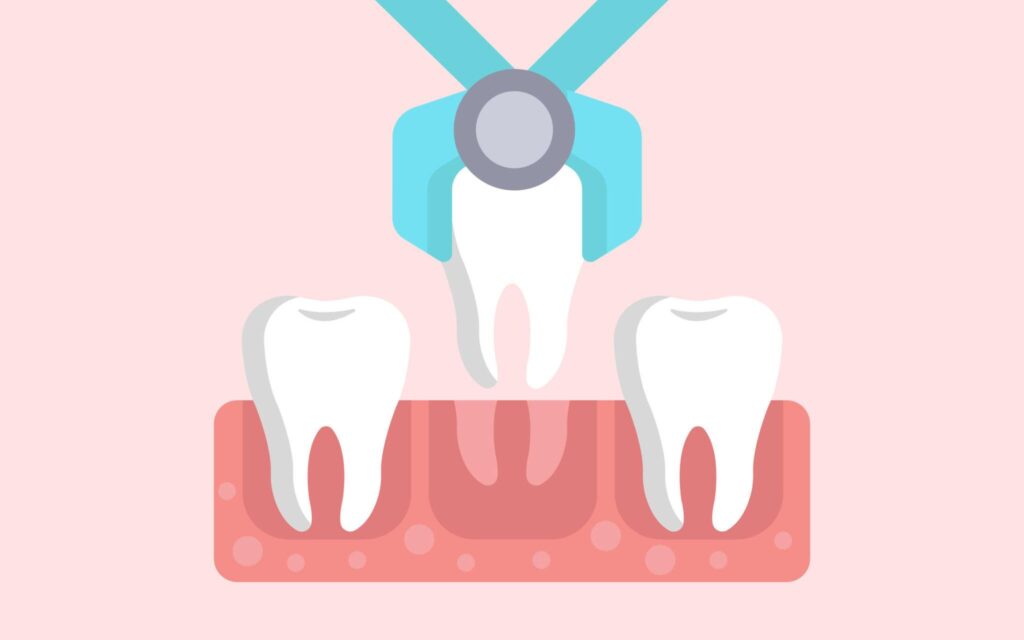Wisdom tooth extraction in Dwarka is a common dental procedure that many individuals in Delhi and around the world undergo to maintain optimal oral health. The wisdom teeth, also known as third molars, typically emerge in the late teens or early twenties. While some people may not experience any issues with their wisdom teeth, others may face complications that necessitate extraction. In this blog, we will delve into what wisdom tooth extraction is, why it is necessary, and explore the process in the context of dental care in Delhi. What Is Wisdom Tooth Extraction? Wisdom tooth extraction is a surgical procedure performed by dentists or oral surgeons to remove one or more of the four third molars located at the back corners of the mouth. These molars often emerge improperly due to insufficient space in the jaw, leading to various dental problems. Why Is Wisdom Tooth Extraction Necessary? Impacted Wisdom Teeth: One of the primary reasons for extraction is the impaction of wisdom teeth. When there is not enough space for these molars to grow properly, they can become impacted, causing pain, swelling, and potential damage to neighboring teeth. Crowding: Wisdom teeth may contribute to crowding in the mouth, shifting existing teeth out of alignment. This misalignment can lead to bite issues, difficulty in cleaning teeth, and an increased risk of decay and gum disease. Infection and Gum Disease: The location of wisdom teeth at the back of the mouth makes them challenging to clean thoroughly. This increases the risk of infection and gum disease, which can spread to adjacent teeth and jeopardize overall oral health. Pain and Discomfort: Many individuals experience pain and discomfort as wisdom teeth emerge. This can be due to pressure on surrounding teeth or the development of cysts around the impacted tooth. The Wisdom Tooth Extraction Process in Dwarka Wisdom tooth extraction is a routine dental procedure carried out by skilled dental professionals. The process generally involves the following steps: Initial Examination: A thorough examination, often including X-rays, is conducted to assess the position, alignment, and health of the wisdom teeth. This helps the dentist determine whether extraction is necessary. Anesthesia: Before the extraction, local anesthesia is administered to numb the affected area. In some cases, conscious sedation or general anesthesia may be used to ensure the patient’s comfort throughout the procedure. Extraction: The dentist or oral surgeon carefully extracts the wisdom tooth. In cases of impaction, a small incision may be made to access the tooth beneath the gum line. The tooth is then gently removed. Post-Operative Care: Following the extraction, patients are provided with post-operative care instructions. These typically include recommendations for pain management, swelling reduction, and proper oral hygiene during the healing process. Symptoms Of Impacted Wisdom Teeth While some people may have wisdom teeth emerge without any issues, many experience complications due to a lack of space or improper alignment. Here are the common symptoms of impacted wisdom teeth: Pain and Discomfort: Unsurprisingly, pain is a prevalent symptom. The pressure from impacted wisdom teeth can cause pain in the jaw, gums, or even headaches. Swelling and Tenderness: Swelling and tenderness in the back of the mouth, near the jawline, are indicators of potential issues with wisdom teeth. This can be accompanied by redness in the gums. Difficulty Opening Mouth: Impacted wisdom teeth can make it challenging to fully open your mouth. If you experience difficulty or discomfort while chewing or talking, it may be a sign to get your wisdom teeth evaluated. Bad Breath and Unpleasant Taste: Difficulty in cleaning impacted wisdom teeth can lead to the accumulation of bacteria, causing bad breath and an unpleasant taste in the mouth. Swollen Gums and Jaw: The gums around impacted wisdom teeth may become swollen and inflamed, contributing to discomfort and difficulty in maintaining oral hygiene. Pain While Eating: If you feel pain while eating, especially when chewing towards the back of your mouth, it could be a sign of impacted wisdom teeth interfering with your bite. Cysts and Tumors: In severe cases, impacted wisdom teeth may lead to the development of cysts or tumors. Regular dental check-ups are crucial to detect and address these issues early. Choosing Us For Wisdom Tooth Extraction In Dwarka If you are experiencing symptoms of impacted wisdom teeth, seeking timely evaluation and treatment is essential for maintaining optimal oral health. Ayushman Dentistry stands out as a reliable choice, offering expertise, advanced facilities, personalized care, and a commitment to patient well-being. Choose Ayushman Dentistry for a seamless and effective experience of wisdom tooth extraction in Dwarka. Book your appointment today!
